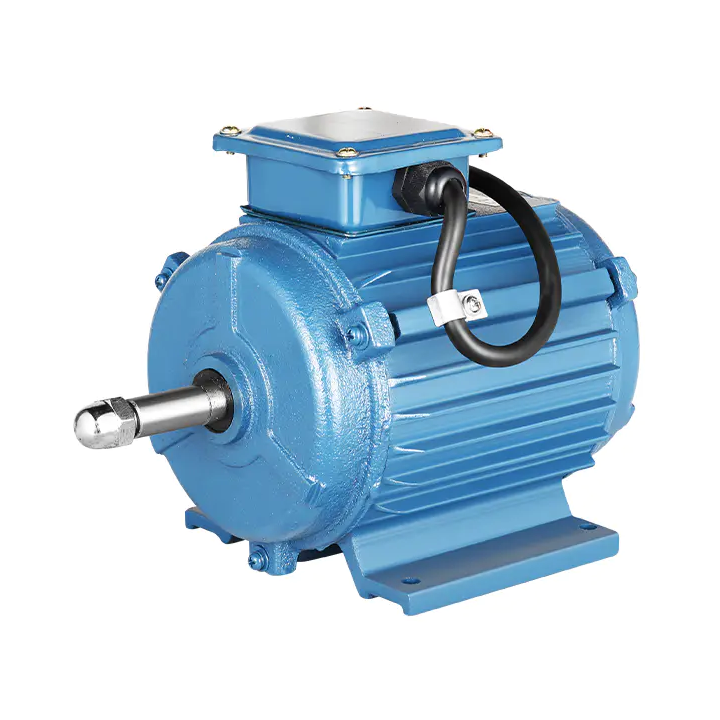Although the Three-Phase Asynchronous Motor is widely applied in industrial settings, users often encounter specific challenges that affect operation and long-term maintenance. Understanding these issues helps operators make informed decisions during equipment selection and management.
One frequent concern involves startup current. This motor type typically requires a higher inrush current when starting, which can lead to electrical stress on connected systems if not properly managed. Facilities without appropriate protection devices may experience voltage drops or trigger circuit protections during motor activation.
Another issue users face is heat generation during prolonged operation. While generally durable, the Three-Phase Asynchronous Motor can accumulate heat, particularly in enclosed or poorly ventilated areas. Without effective cooling systems or adequate installation spacing, excessive temperatures may impact motor efficiency and service life.
Mechanical vibration is also a challenge in some applications. If a motor is not correctly aligned or if the load distribution is uneven, vibration can increase, leading to faster wear on bearings and other components. Regular maintenance and proper installation practices are essential to control this problem.
Lastly, availability of compatible replacement parts can vary by region and application type. In certain industrial setups, sourcing specific motor spares, such as bearings, capacitors, or protective covers, may take additional time, affecting equipment downtime.
By addressing these concerns through careful motor selection, system design adjustments, and preventive maintenance routines, operators can improve the performance and reliability of their Three-Phase Asynchronous Motor systems over time.
